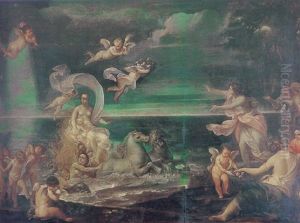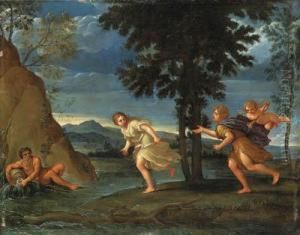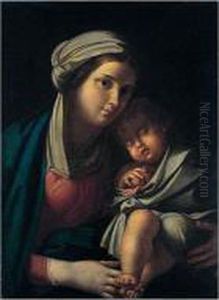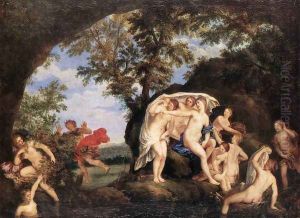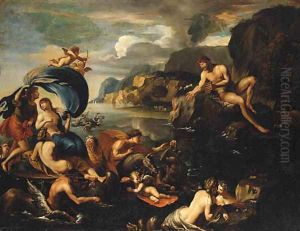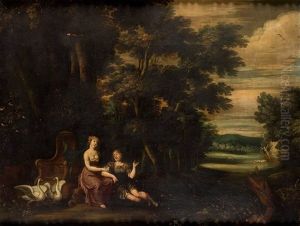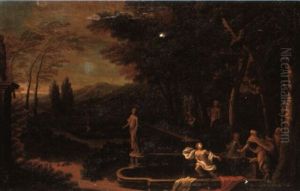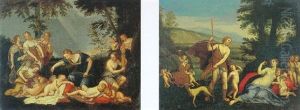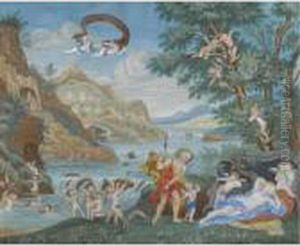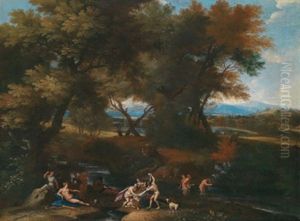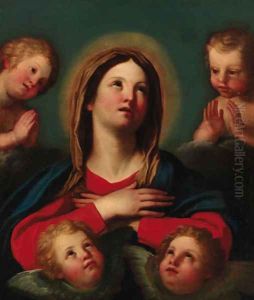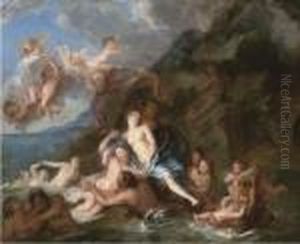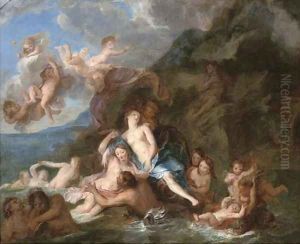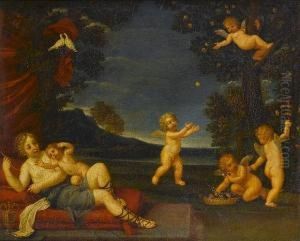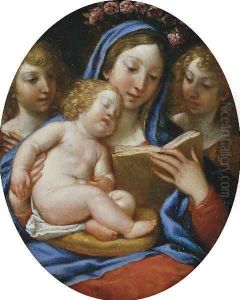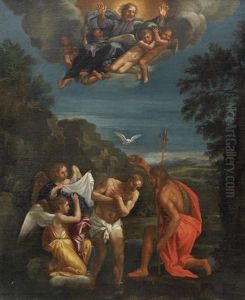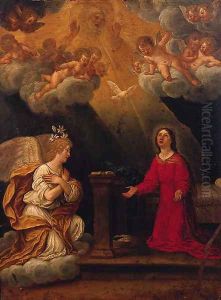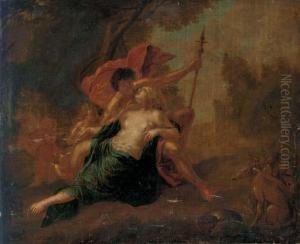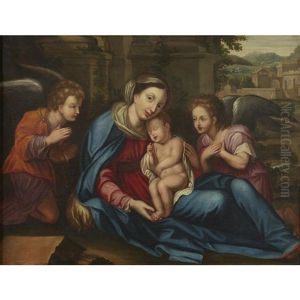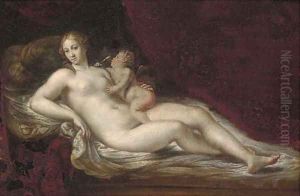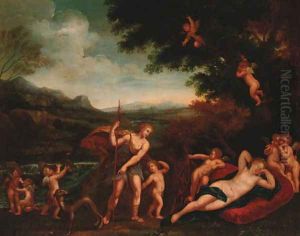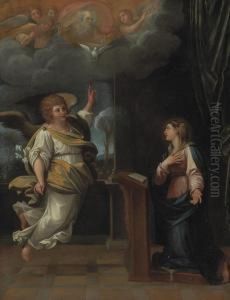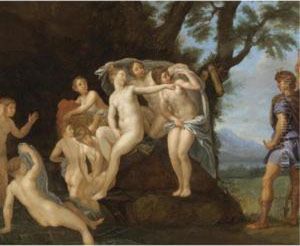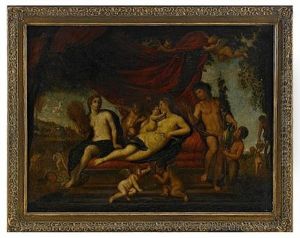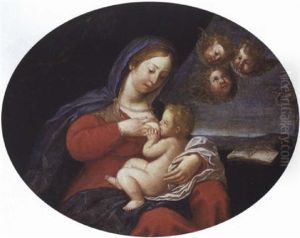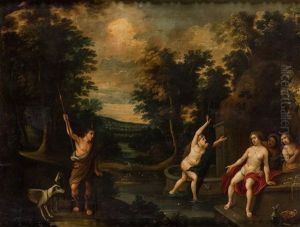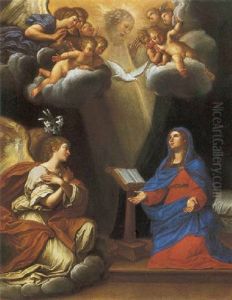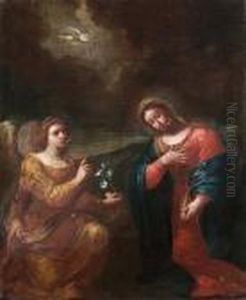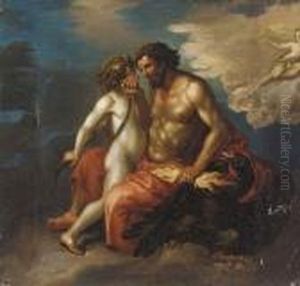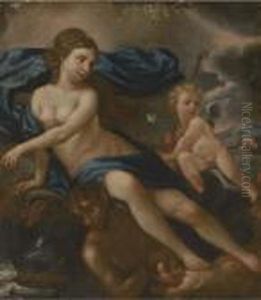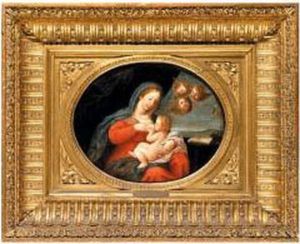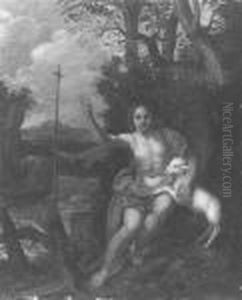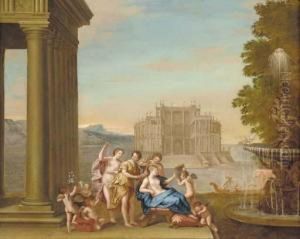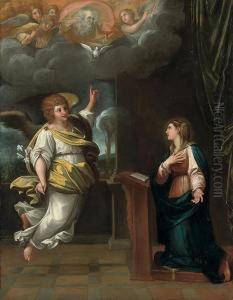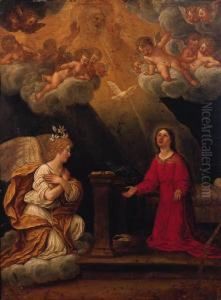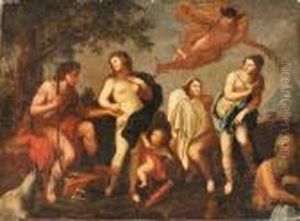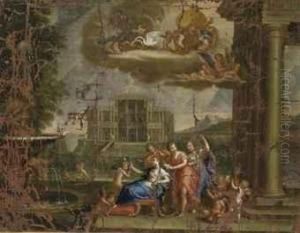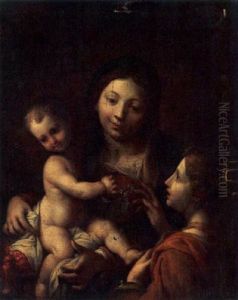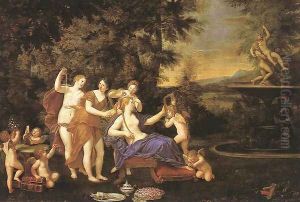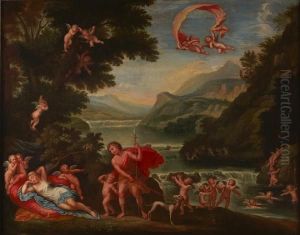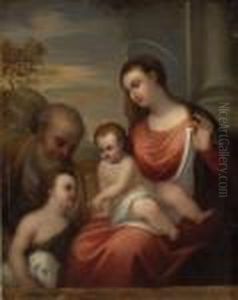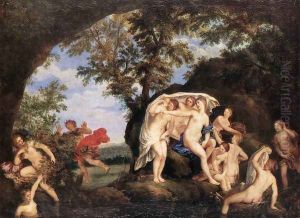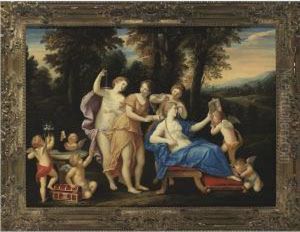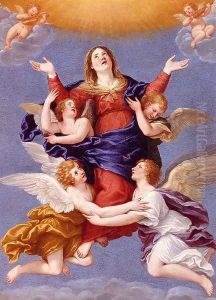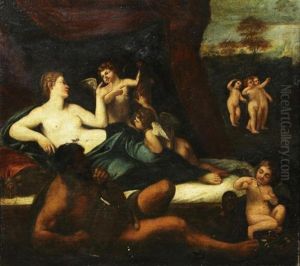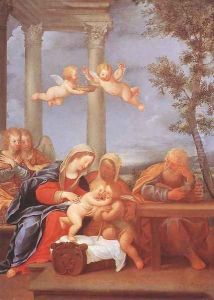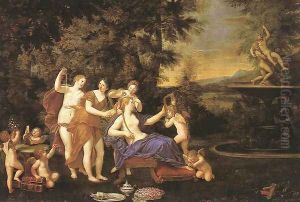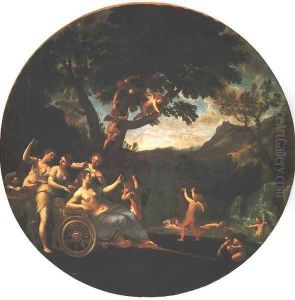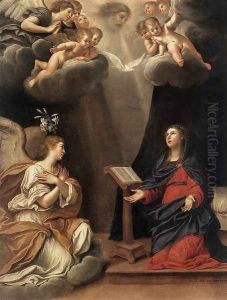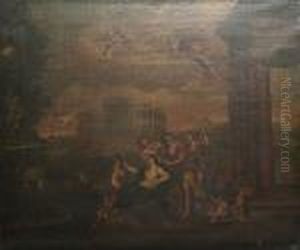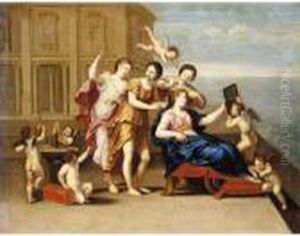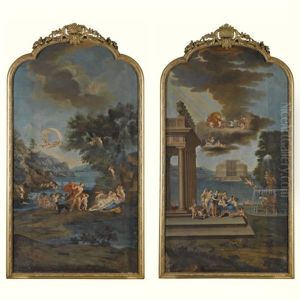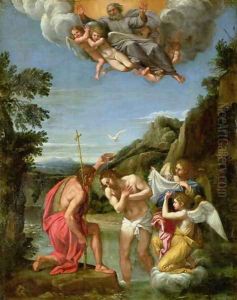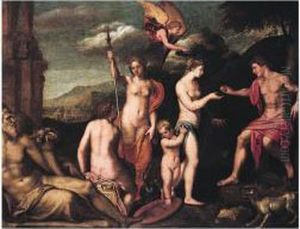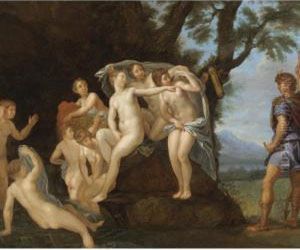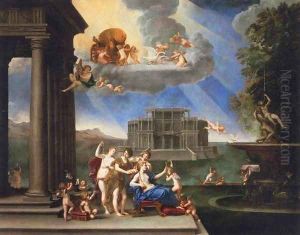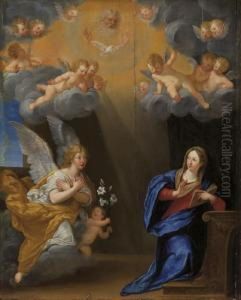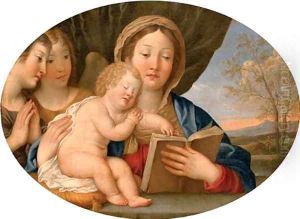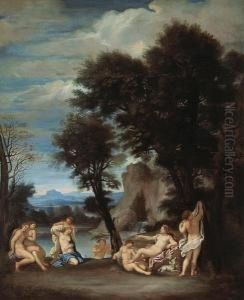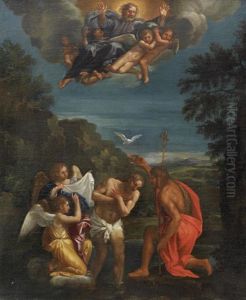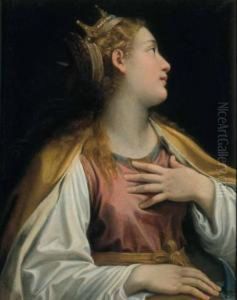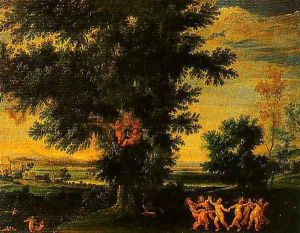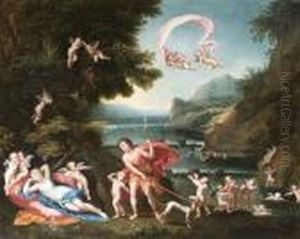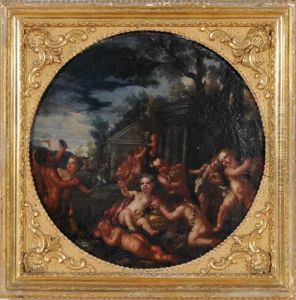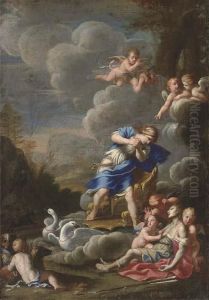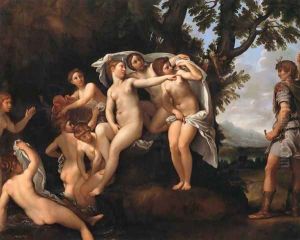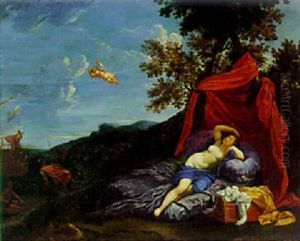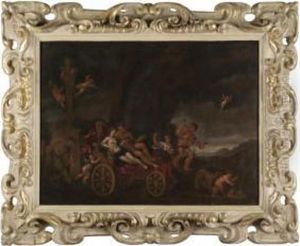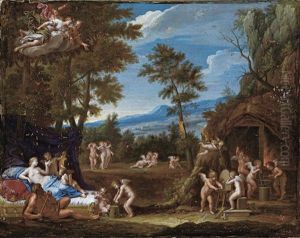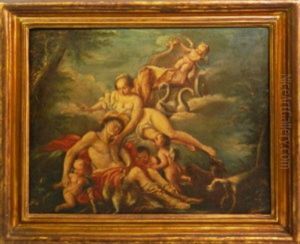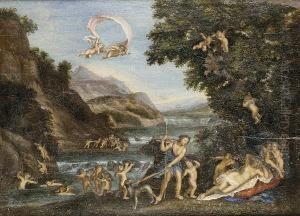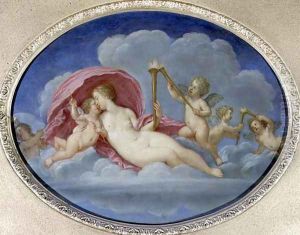Francesco Albani Paintings
Francesco Albani was an Italian Baroque painter who was born on August 17, 1578, in Bologna, Italy. He was initially trained by Denys Calvaert, but Albani's most significant influence came from his work with the renowned painter Annibale Carracci at the Accademia degli Incamminati. This training placed a strong emphasis on drawing from life, which was a fundamental characteristic of the Carracci school. Through this connection, Albani became a proponent of the Bolognese classical style, which was characterized by its clarity, order, and harmony, inspired by the art of the Renaissance masters.
Albani moved to Rome in the early 17th century, where he collaborated with Carracci on various projects, including the decoration of the Farnese Gallery. His own works often depicted mythological and religious subjects, and he developed a particular affinity for portraying idyllic landscapes populated with small, elegant figures, a style that became known as 'Albanian' landscapes. These paintings were characterized by their serene and delicate approach to the classical themes, making Albani a favorite among patrons who sought decorous and delightful art for their private collections.
Francesco Albani's work also included frescoes and altarpieces, and he was praised for his ability to create light and airy compositions, which provided a counterpoint to the more dramatic and intense works of his contemporary, Caravaggio. Albani's paintings were especially appreciated for their grace and charm, and he was skilled at using light to enhance the ethereal quality of his figures and scenes.
Despite his success, Albani's later career was marked by a certain repetitiveness in his compositions, which some critics attribute to the high demand for his works and his workshop's mass production of certain popular motifs. Nevertheless, his influence was significant, and his works were sought after across Italy and beyond during his lifetime.
Albani's legacy includes a number of students and followers who carried on his classical style. He was also an important teacher, with Guido Reni and Domenichino among his most notable pupils, both of whom went on to become significant artists in their own right. Francesco Albani passed away on October 4, 1660, in Bologna, leaving behind a body of work that continued to influence European art for generations.
